 Once your Profile Summary has been written for your resume, the next step — arguably the most important — is to showcase your work history in an easy to read, yet comprehensive way.
Once your Profile Summary has been written for your resume, the next step — arguably the most important — is to showcase your work history in an easy to read, yet comprehensive way.
When reading through a work history, employers look for certain information.
- Solid work history — that goes back 10-15 years, without too many unexplained gaps
- Consistency — not too many job changes over a short period of time; employers are often suspicious of frequent hopping from one job to another
- Career progression — evidence of being promoted from one position to another more senior one
- Diverse skills — record of new skills being learned
Keep in mind that not all resumes include a detailed work history. Chronological resumes, which are the more traditional type of resumes, include details of the achievements and responsibilities in each job, as I am describing in this post. Functional resumes are different, and are often used to focus on certain skills (read more about functional resumes here).
Need help with this? Get free one-on-one resume help at any of our Employment Source locations.
Format your work history simply and logically.
Use a format such as this:
Job title, year of employment
Name of the company, location
List of your responsibilities and achievements, in bullets.
For example:
Administrative Assistant, 2009-2012
JVS Toronto, Toronto, ON
- Provided administrative support to a busy non-profit, providing customer service, as well as performing various clerical duties, to ensure smooth running of the office
- Served as front line and first point of contact for all clients, staff and other others who walked in, called, emailed or faxed
- Provided friendly, efficient and informative customer service, ensuring that all questions were addressed, appointments scheduled and information provided
- Resolved questions, concerns and problems efficiently, politely and discretely
- Dealt with a range of multiple other clerical duties, such as handling mail and couriers, ordering supplies, and entering data, utilizing an in-house database, as well as Microsoft Word and Excel
Write each job, while remembering your goal: to impress the potential employer with your suitability for their company.
Job title: Remember that you don’t have to use the actual job title that you were given — you can, without being dishonest about your responsibilities, choose a title that better represents your duties.
For example, if you were called “Receptionist” in your last job, but you also performed other administrative duties, it would be reasonable to call yourself “Administrative Assistant”; some even choose to say “Administrative Assistant/Receptionist“.
Dates: Always list the years you worked in each job, though you don’t necessarily have to specify months (detailing months just allows employers to nitpick through your work history for gaps).
If the job was a short contract, indicate that in brackets [e.g. “2007 (6 month contract)”].
Company name: Make sure to get the company name completely and accurately.
Location: Always list the location.
If the company has multiple locations or stores, specify the location (for example, the name of the mall in which the store is located, or of the branch of the office).
Responsibilities and Achievements: Create a bulleted list (not too long) of interesting statements that describe your accomplishments and give the employer a sense of your job.
Remember that this is not a dry job description — apply the “so what” principle, when choosing what to include; don’t bother listing your obvious mundane duties (such as filing or photocopying).
Choose key words that reflect the terminology used in job postings to which you are applying.
Start each point with action verbs and describe the outcomes of each action (e.g. “Provided administrative support to a busy non-profit, providing customer service, as well as performing various clerical duties, to ensure smooth running of the office“).
Focus on your most impressive and transferable achievements and activities.
Include more detail for the those jobs you consider most important and relevant to the ones to which you will be applying.


Oliver Bergman says
Hi Karen, What suggestions would you have for people who suffer from mental illness who have gaps in their record of employment? It sounds great to be able to list your employment consecutively with as few gaps as possible but for some of us out there that is not our reality. It would be great to hear from you.
JVS Career Voice blog Administrator says
That’s a great question. I think it’s true that many people, for one reason or another, have gaps in their resumes. The first strategy is to make sure that you get some volunteer work, to avoid a growing gap at present. In terms of gaps in the past, there’s not much you can do on the resume, besides making sure that you show anything you did during that time, such as courses, volunteering etc. However, if you couldn’t do anything that you can reveal reveal, leave the gap in the resume. Prepare an answer for an interview which gives interviewers a grain of truth, but reassures them that it is no longer a concern (e.g. “I was taking care of a health issue, which is completely resolved”). To minimize the impact of the gap, you might need to work harder to get referrals to jobs, as well as to update your skills, so that the gap becomes less important.